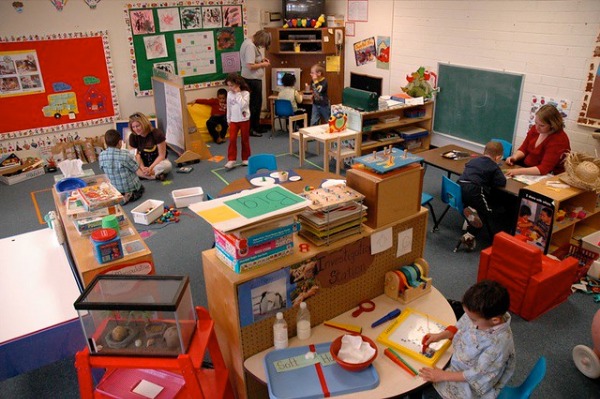Slack on Campus
I'm calling this post "Slack on Campus" - not to be confused with slackers on campus. Slack is a cloud-based team collaboration software package of tools and online services (Slack Technologies).
It began as an internal tool for the company Tiny Speck while they were developing an online video game called Glitch. I have used it nominally with two non-educational organizations. I did not find the software intuitive or particularly engaging for collaboration. My use was limited, partially because other users did not participate enough to make it a truly collaborative workspace.
I also wasn't a fan of the name Slack which doesn't suggest productivity. According to the company, "Slack" is an acronym for "Searchable Log of All Conversations and Knowledge."
It is a freemium product which means that as a "free/premium" product or service (pricing strategy) it is provided free of charge, but money (premium) is charged for additional features, services, or virtual (online) or physical (offline) goods
I think of Slack as business software and I don't think of it as something for education. The first thing I've discovered that might change my mind is a project happening at Arizona State University where they are using "Slack as a Digital Campus."
"ASU is using the Slack Enterprise Grid as the communication hub for students, faculty and the staff. Via app integration (Zoom, Google Drive, Dropbox, Polls, etc.), Slack provides direct access to resources for student success; student services, tutoring, advising, professor office hours, social outreach, group projects, research, libraries, and more. The goal is to improve and enhance the learning experience by giving educators and students a deeper sense of connection to the ASU community and an easier path to accessing support. The embedded deck summarizes the intended Slack transformation journey for students, faculty, and staff across ASU and can be shared with anyone."
At ASU, Slack is taking the place of things that were once on different web pages but also were collected at some schools in learning management systems (LMS). ASU is the first university to adopt Slack for the whole enterprise.
The ASU website says that: "Slack is the equivalent of ASU’s digital campus - a collaboration hub that enables real-time communications and connections in a searchable platform for real-time messaging, content sharing, learning, and more."
I have read some of the same research that ASU seems to have based their project on. Students, in particular, are far less reliant on email to communicate. Some schools have reported issues with students not reading their campus email which is often used to send important information about courses, billing, and financial aid. Email is still used by many faculty for course communication, even in online courses that use an LMS.
Another argument for using enterprise collaborative tools is an old one: It's what they will find after graduation in the workplace.
ASU made Slack available University-wide in the spring 2019 semester and have been promoting it as a way to foster deeper communities of practice and leadership, enabling discussions and activities by team or subject matter.
Any form of collaboration that allows peers in different areas but with shared academic focuses, projects, passions, and expertise to work together is a good thing. If using Slack or other software works to break down silos, I'm all for it.
Slack is not without critics. One criticism is certainly a fear that has been expressed by schools before: storing user data exclusively on cloud servers which is under Slack's control, not the school's control or shared control and storage. Another issue is their privacy policy which allows the workspace admins to access all public and private channels without consent from any parties using the app.


 If you read the
If you read the